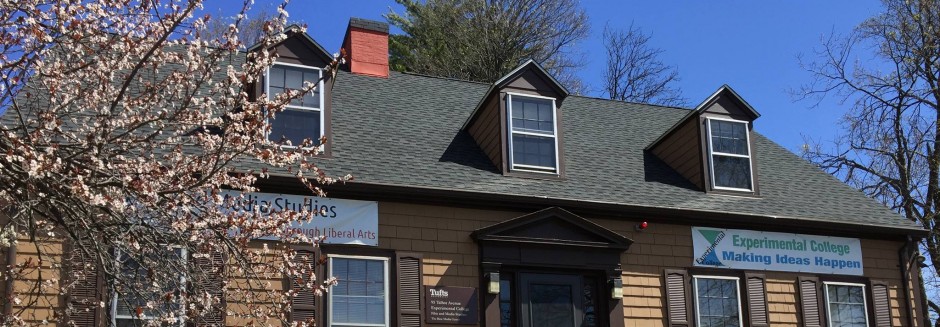Brainstorming is a well-known, widely used procedure that fosters innovative problem solving. It is a technique for generating a large number of ideas and encourages participants to use their imagination and be intuitive.
In terms of first-year seminars, it can be an extremely effective method for involving all the members of your seminar in the discussion of a particular topic, especially early in the semester while people are still getting to know each other, or at any point when you are dealing with a new concept or a new direction for the group.
The aim is to elicit workable, creative solutions to any given problem by promoting an environment in which people feel free to think out loud without censoring themselves.
Equally important, brainstorming turns group problem solving away from a competitive atmosphere toward a truly collective effort where one’s adversaries become the problems at hand instead of others in the group.
THE PROCESS OF BRAINSTORMING
Brainstorming seems to work best at the beginning of an exploration into a topic. Use specific questions. For example:
- If we wanted to start an informational campaign to educate the campus about drug use, what are some of the things we could do?
- If I was a TV producer and you were my writers, and we were about to shoot a pilot for a new series that was supposed to be a big summer comedy hit, how could we go about doing it?
One of you, acting as a facilitator, will control the flow of the session, first, by articulating themes and goals and, then, by defining the format to be followed and the procedures used to do so. The other can act as a recorder (or you can choose a student), who will write down all suggestions on a chalk board or on newsprint, so that everyone can see them.
ESSENTIAL NOTE: Establish ground rules (and always re-establish them
whenever you engage in a brainstorming session).
-
- Comments are not allowed. In other words, if Jennifer shouts out an idea,
and Bill thinks it’s stupid, it’s Bill’s responsibility as a good classmate to
keep his thoughts to himself. - This is key because brainstorming, as implied in its name, is grounded
in free association.Free association is a technique originally devised by Sigmund
Freud. In free association the client is invited to let their mind roam
without censorship or structure and to naturally make random
connections between thoughts; creating a narrative or stream of consciousness. - Any commentary will instantly put a chill on the free flow of ideas and,
even worse, it will feel like a violation of trust: “You said we should say anything that came to mind, and now . . . .”
- Comments are not allowed. In other words, if Jennifer shouts out an idea,
The first phase focuses on generating as many ideas as possible.
- If you think a little controlled chaos will be good for your class, then let students shout out their ideas. If you want more control, you can go around the room and ask each person volunteer an idea. In either case, leave time for reflection, continuing until, finally, no new thoughts are forthcoming.
- Work for quantity, not quality; the longer the list of ideas, the better. Make it clear that it’s fine to “piggyback,” to expand on ideas that others have put forth.
- Encourage out-of-the-box thinking.
The second phase involves reaching a consensus.
- Questions can be put to the originator of an idea for purposes of clarification. However, the ground rule is no negative comments.
- The group can then discuss the “pros” for each idea and then choose their top two or three choices.
- Or, the group can list the “cons” for each idea, then openly discuss where this leads. Go back to the original list and pick out the ideas that still seem useful.
- Be sure that you have evaluated even the wildest possibilities.
WHAT WE KNOW/WHAT WE WANT TO KNOW
This exercise is a variation on the theme of brainstorming and is an especially good way to open up discussion of a new topic. It allows students to articulate what they already know about a subject, as well as allowing them to be open about what they don’t know and would like to learn.
Such an exercise can help you structure your lesson plans around the things in which your students are most interested.
- Assign one or two people to record all responses on the blackboard.
Start off recording everything the group knows about the subject, but do not eliminate wrong answers yet. Just put all answers on the board. - Then ask what everyone wants to know about the subject.
- After both lists are made, you can go back and discuss any answers and point out any incorrect information.
GROUP PROBLEM SOLVING
This is a second variation, one that lends itself to situations where students may be having difficulty coming up with creative solutions to an open-ended circumstance.
- Break the class into small groups and have everyone spend a minute or two silently jotting down all the ideas they can generate.
- Then have the members of each group share their ideas with one another and rank order the best five.
- Finally, have each small group present their top five to the class as a whole.
